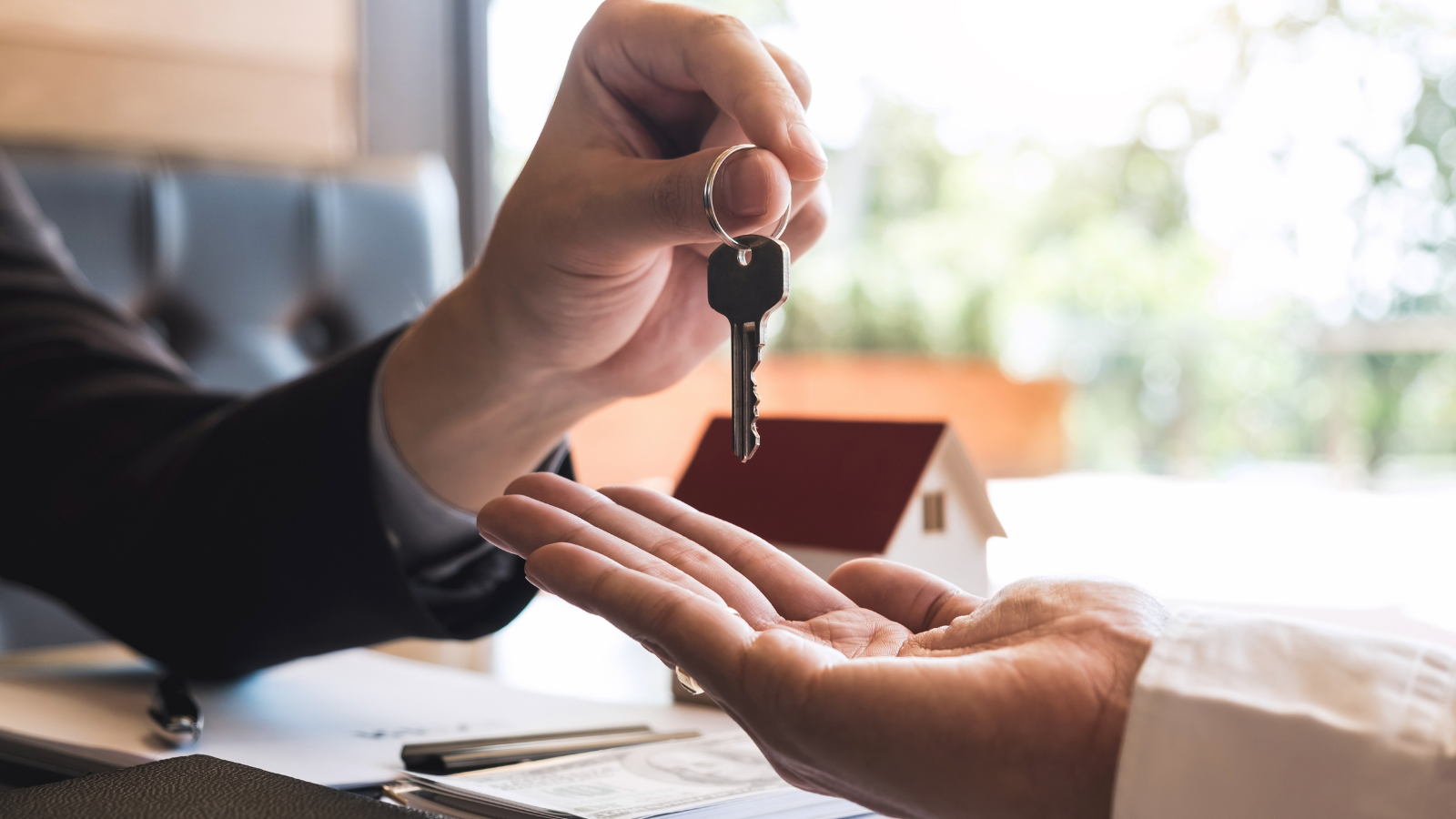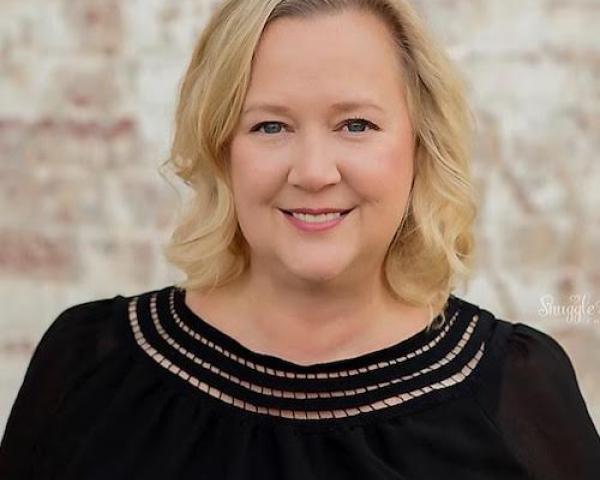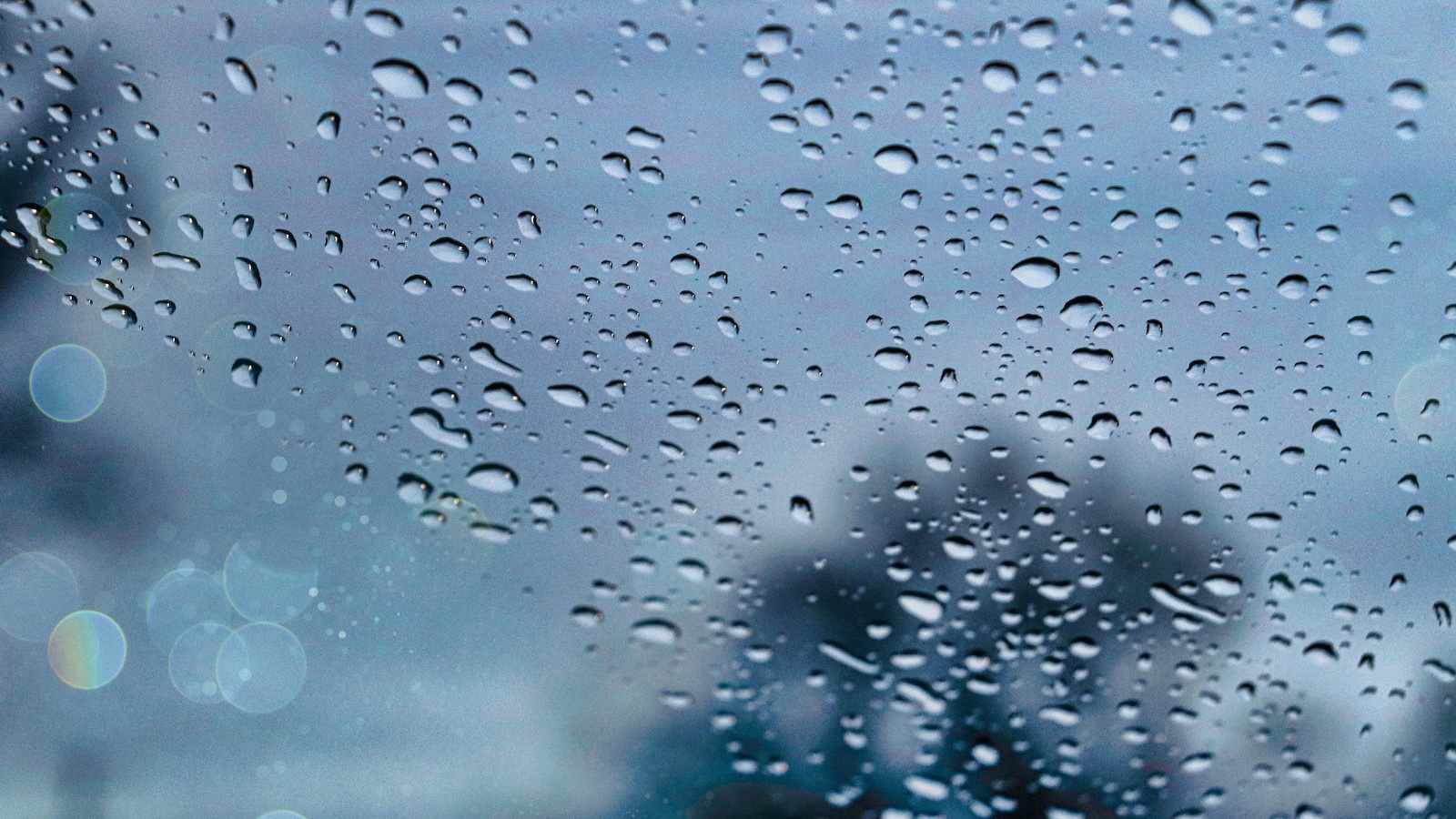According to a new Chubb survey, which was fielded in at the end of 2021, U.S. and Canadian homeowners and renters are often overlooking risk. This fifth annual survey, which examines the respondents’ attitudes and behaviors toward property protection, not only looked at renovations and weather-related risks, it also explored purchasing decisions in the past two years.
The survey found that 44% of U.S. homeowners experienced internal water damage in their home in the past two years, up from 27% in 2020. Non-weather-related water losses continue to be the number one source of property damage, as 48% of all interior property damage is caused by water, according to Chubb’s internal claims data.
Other key findings:
Protecting a Renovation Project
While home renovations can add value to your home, such projects also present potential new risks and damages if not handled properly. The survey found the top three types of renovations U.S. and Canadian homeowners and renters were considering included a bathroom overhaul (40%), a kitchen renovation (26%) or a living or family room refresh (23%). While renters might not be top of mind when it comes to renovations, minor projects are often acceptable with the landlord’s permission, especially if the renovation will help to increase the property’s value.
During a renovation project, workers on the premises raise the risk of injury or damage. To make sure a home renovation project is insured properly, homeowners must work with their insurance agent or broker before starting a project to make sure that prime and any subcontractors have workers' compensation and liability coverage.
Protection Against Water Damage
A home renovation project is the perfect time to install a water shut-off device to help alert the homeowner of water leaks and minimize the potential for costly damages. According to our recent homeowners’ risk survey, 26% of U.S. and Canadian homeowners and renters with no personal experience with water damage preemptively installed a device; and 56% of U.S. homeowners have installed a water shut-off device in their primary homes after they or a friend experienced a water leak. Frequency of water-related losses can be significantly reduced with proper education about ways to mitigate the risk.
Riskier Purchasing Behavior
With the hot housing market, it’s becoming more common for home buyers to waive home inspections to make their offer appear more attractive when the seller is presented with multiple offers. What’s more, our recent survey found additional risky purchasing behavior—some U.S. and Canadian homeowners have purchased a home sight unseen within the past two years. Those 18 to 24 years old were more likely to purchase a home sight unseen (39%) or consider purchasing a home sight unseen (34%) than other generations. Homeowners who purchase a residence sight unseen can leave themselves vulnerable to several risks, such as water damage or other potential issues (e.g., problems with the home’s physical structure and mechanical systems) and costly repairs associated with damage to roofs, plumbing and electrical systems.
It’s vital for homeowners to have inspections during the home-buying process to pinpoint unresolved maintenance issues and potential sources of damage. Proper due diligence can help future homeowners understand if the home has structural issues in the foundation, a roof that needs total replacement or load-bearing walls rotted out from water damage. Even with a home inspection, an overwhelming 65% of U.S. and Canadian homeowners and renters who purchased a home in the past two years found areas of concern after a purchase.
Weather-Related Risks
No matter where U.S. and Canadian homeowners and renters live, weather-related exposures are often affecting their lives. In fact, the increased frequency and severity of natural disasters and extreme weather have become a factor in some homeowners’ and renters’ property decisions. For example, our survey found that homeowners and renters in the Southern U.S. (24%) and Western U.S. (20%) said the frequency/severity of tornadoes contributed to their decision to sell primary and secondary residences. Similarly, 15% of homeowners and renters who live in the Southern U.S. would consider selling their primary and secondary residences due to the frequency and severity of tropical storms/hurricanes compared with 12% of those who live in the Northeast U.S. and the 9.3% who reside in the Western U.S.
For more information, download the Chubb 2021 Homeowners Risk Report – Trends in Home Renovations and Water Damage, the Chubb 2021 Homeowners Risk Report – Trends in Purchasing Behavior, and the Chubb 2021 Homeowners Risk Report – Impact of Weather on Property Decisions.







